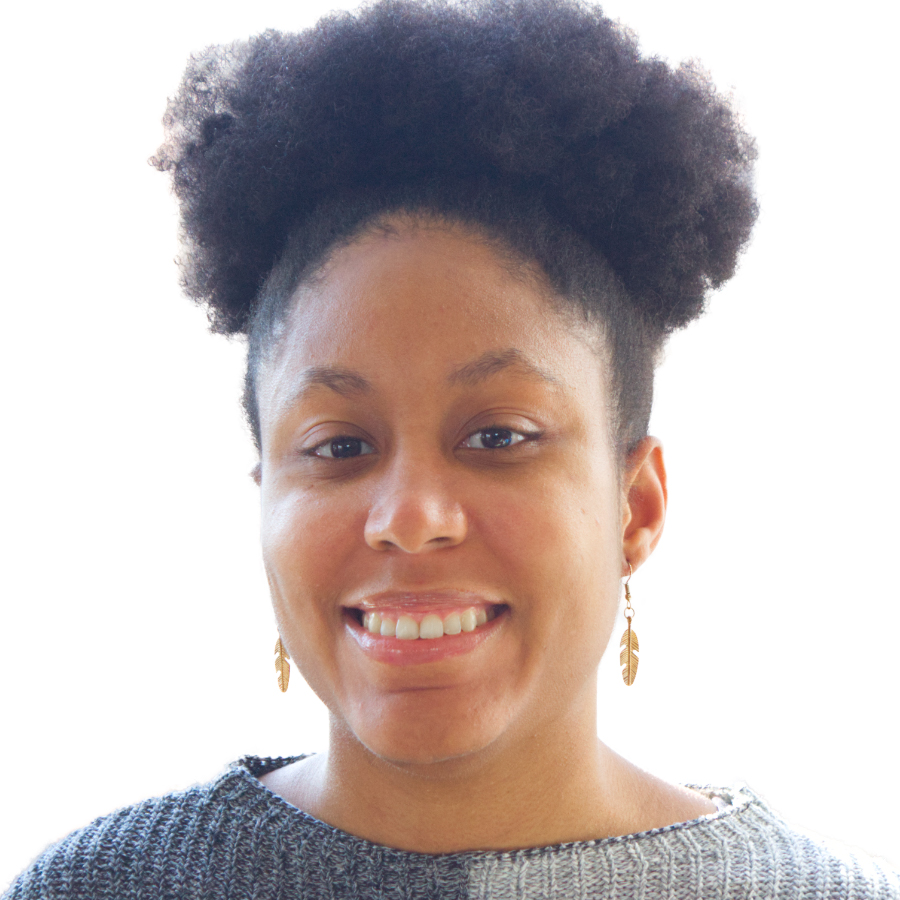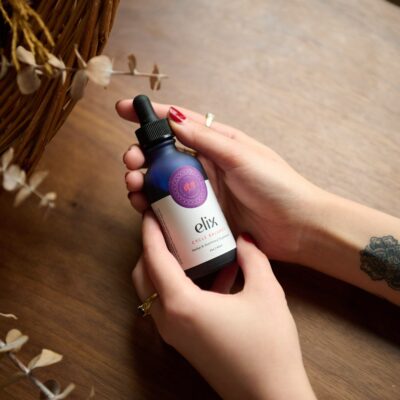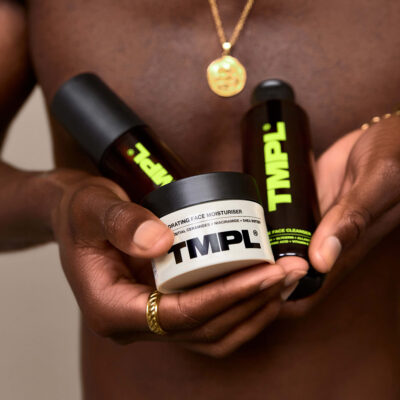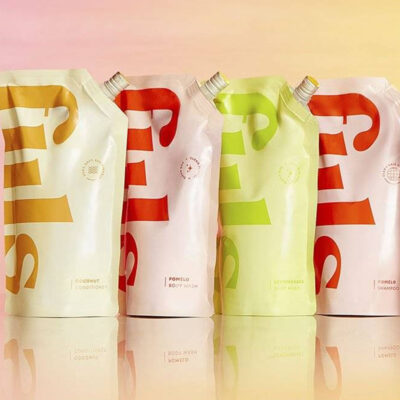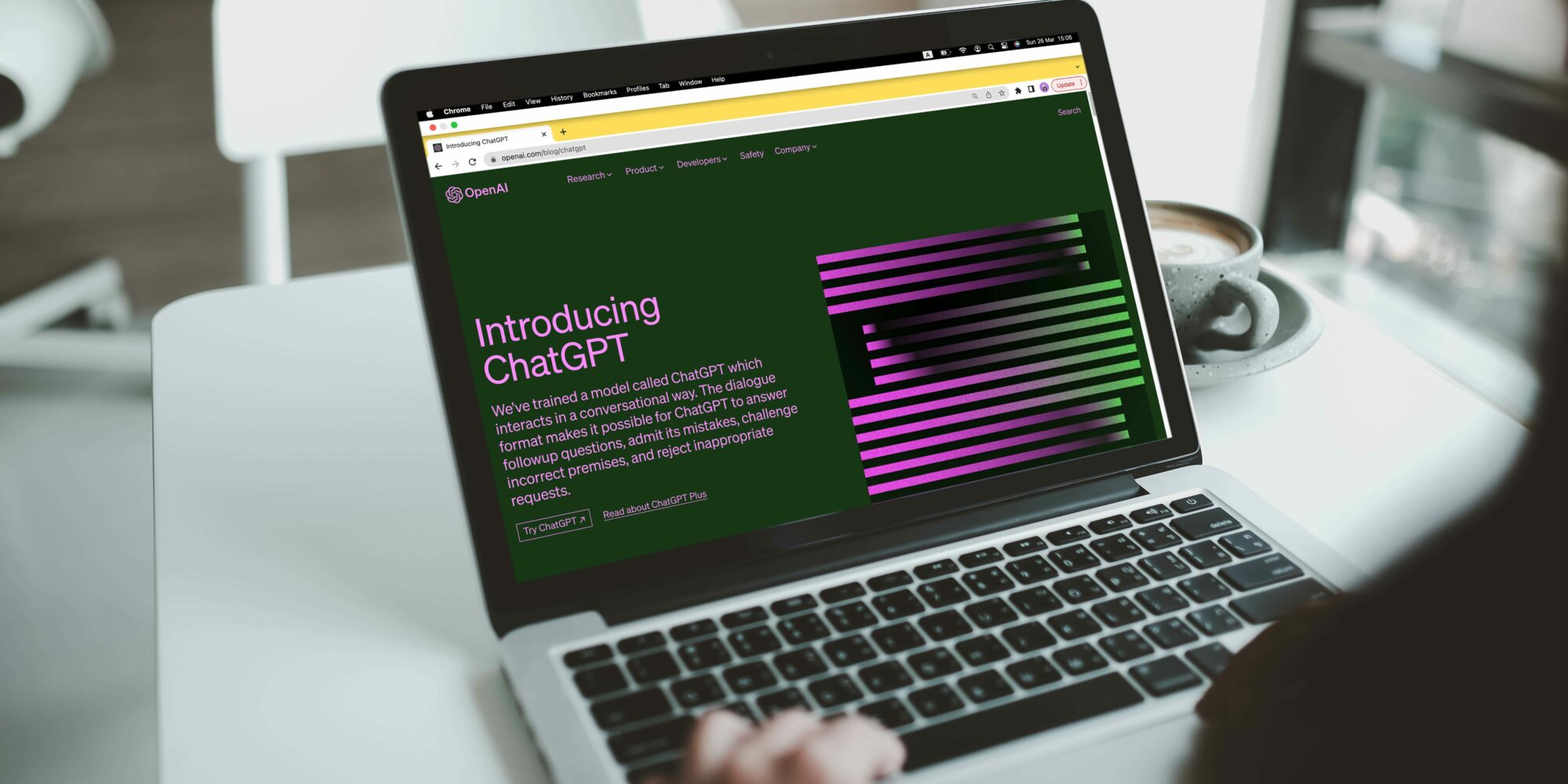
Three Experts On The Power And Pitfalls Of AI For Emerging Beauty Brands
After OpenAI released ChatGPT, a chatbot the artificial intelligence startup describes as answering follow-up questions, admitting mistakes, challenging incorrect premises and rejecting inappropriate requests, to the public in November last year, it precipitously surpassed 100 million users and elicited 1 billion-plus visits.
It’s also set off an AI race that has gigantic companies such as Google and Microsoft, not to mention countless bit players, jockeying for position to become the lucrative leaders of technology’s next frontier. As the AI race accelerates, governments, businesses and individuals are trying to figure out what the complex and developing AI landscape means for them.
Many emerging beauty brands have begun to wield generative AI tools, which management consultancy McKinsey & Co. defines as those with “algorithms that create new content, including audio, code, images, text, simulations and videos,” like Midjourney, Dall-E, Jasper and Stable Diffusion. According to McKinsey, AI adoption has more than doubled in the last five years—and it’s not slowing down.
Using AI can improve emerging beauty brands’ productivity and slash costs, but it’s fraught with ethical implications and thorny tactical factors. Beauty Independent spoke with three AI experts to help brands sort through the potential and problems of AI.
Start Using AI Now
Rayan Godoi, co-founder of virtual beauty try-on tool PuploAR, counsels emerging brands to jump on AI now, if they haven’t already. He says AI can “unlock new revenue streams. It makes your business more efficient, and it boosts loyalty from clients,” but adds, “What I usually see is that a lot of people see technology as an end instead of as a means to accomplish something.”
Jake Maymar, VP of innovation at The Glimpse Group, the virtual and augmented reality parent company of PuploAR, argues that emerging brands on the AI sidelines are missing out on an AI revolution that’s “going to change everything.” He highlights TikTok’s Bold Glamour filter as an indicator of where AI will increasingly head in the future.
“The reason why Bold Glamour stands out is it’s very close or indistinguishable whether you have it on or off—and it really does make you look beautiful. If you pull on your face or you move your face, it doesn’t break,” says Maymar. “Filters are going to be a way of life, and you want to be part of that initial offering so you can control it.”
While filters are popular with TikTok users, Godoi points out generative AI that churns out content, images, videos, etc., is popular among brands. In the beauty industry, generative AI can be leveraged to produce digital makeup looks for various occasions. Across industries, it can be harnessed to brainstorm everything from advertising campaigns to product development concepts.
“AI allows you to kickstart that process,” says Hector Ferran, VP of marketing at art-generation AI tool BlueWillow AI. “You start coming up with these broad ideas. You’re like, ‘How do I actually implement this and get this on paper?’ I can sit here and tell people about my ideas, but how do we illustrate them to people? And I think that’s one of the key areas where AI [has an] impact when it comes to efficiency in the workplace.”

LEARN HOW AI IS HELPFUL TO YOUR BRAND
Maymar says brands turning to AI should take stock of its strengths and weaknesses. He emphasizes AI is evolving and has plenty of flaws at present. He underscores, “The best thing to do is understand what [you] want to do. What is the goal?”
At this point, AI platforms require human input. “I know that might be funny coming from an AI art-generation company, but AI doesn’t actually generate art,” says Ferran. “So, when it comes to best practices here, it really comes down to the way that you speak to AI. When it comes to the process, the more information you put on there, the better.”
Godoi stresses brands shouldn’t throw their morals out the window or devalue the people on their teams as they integrate AI. He worries about the loss of the human component. “AI is something to boost [people] right now, not to replace,” he says. “Use AI to extend yourself, to leverage yourself, but not to replace yourself or anyone.”
For instance, Godoi mentions conversational commerce AI tools that are extensions of human customer service. He describes them as messaging apps and chatbots walking shoppers through their e-commerce journeys. He elaborates conversational commerce is “where you have beauty pros or sales consultants online in the e-commerce to guide the consumer through the shopping journey, just like we have in the brick-and-mortar experience.”
Ferran contends AI can level the playing field for smaller brands. “Gigantic businesses out there can afford to spend millions in advertising. My team right here, it’s five people including me, that’s it,” he says. “But through the use of AI, whether it’s our BlueWillow AI for our graphics, whether it’s ChatGPT helping us execute on marketing pivots quicker, I think that’s the biggest strength of AI right for small brands.”
UNDERSTAND THE CHALLENGES OF AI
It can be difficult to produce a largescale AI model unique to a specific brand’s needs. Illustrating the difficulty, for computer vision AI, Godoi says, “You need a lot of people faces to train the AI. You need thousands and thousands of pictures of people with different skin shades, different races, and ages. To train that model, data is the biggest challenge.”
Another challenge is what Maymar calls hallucination fabrication. He defines hallucination fabrication as an AI system such as ChatGPT spitting out incorrect information. “You don’t know what it’s going to suggest. You can put guides in…but that’s something you should be aware when releasing this into the wild,” says Maymar. “You really want to test it and understand where it breaks and then put out a caveat associated with that.”
Ferran explains, “[AI] is only as smart as the people inputting into it. So, I think that’s the biggest challenge. It’s people understanding that, while this is a great tool that pushes us forward, it still requires your input right there.”
He continues, “It’s not going to get rid of product designers, it’s not going to get rid of graphic designers, it’s not going to get rid of creatives. And if you’re going to compare just somebody putting in a single-word sentence versus the actual creative doing that on their own, well, you know what? Actually, AI is going to come short because you’re not fully leveraging the tool.”
To employ AI systems effectively, Maymar advises beauty brands to prompt them and then take the output to “a subject matter expert and just verify a lot of it, but [that] should save a lot of time in coming up with a strategy.” Godoi cautions that much of what generative AI yields may be pretty similar and vast numbers of companies will be tapping it.
Godoi suggests, “The best strategy [is] one should look 10 years ahead…Stop thinking about just content creation right now and start thinking, ‘OK, after everyone’s using AI to generate content, how else are you going to use that in your business?’”
Maymar says, “Understand how it works, figure out a strategy forward. What’s your five-year plan or 10-year plan with this technology? And understand what is the best way to move forward, and then have conversations with other people because this is a new technology, and there are not a lot of answers yet. And so brands are going to be using this in different ways, and they’re going to be experimenting.”
BUILD NETWORKS
Ferran advocates for brands not to rely on AI in an isolated bubble. He says, “I encourage people to find the places where people are actively communicating, get on AI, LinkedIn, get on Twitter…get out into these communities because it is moving so fast, and people are hungry.”
At the moment, Godoi doesn’t consider it essential for brands to hire people with AI expertise. Eventually, though, he products they will likely have to bring in AI expertise. Godoi says, “I think that should be someone who knows how to apply the tool and that should be an internal person because that person has to understand the business and the technology.”
Ferran agrees and expounds that AI should be a core competency of every team member at a company. He says, “Don’t hire anybody, just make your people do it. I think that’s something that everybody should be able to know and understand and leverage in their lives. And, then, as you scale up and down, that changes.”
AI doesn’t require a significant budget. Some AI programs have subscription costs, but they tend to be modest as AI companies are primarily on a quest for broad adoption. Art-generation AI tool Midjourney offers subscriptions at $10, $30 and $60 per month, for example.
As AI grows, it may be wise for brands to make AI a line item in their budgets. Ferran says. “If you have the people, the understanding and the ability to fully leverage it, take advantage of it. Because while AI can be a phenomenal way to increase productivity and efficiency, if you don’t know how to do it properly, you’re going to end up wasting just as much time.”
Today, Maymar points out that project engineers with AI skills command high salaries. As AI spreads, he envisions salaries decreasing. He says, “I think the knowledge in general is going to be distributed, and people are going to have a good understanding [of it].”
Godoi says brands should budget for AI to suit their appetite and capacity for it. If they have discretionary money to research and play around with AI, they can allocate meaningful funds to it, but concludes the paid version of ChatGPT is currently sufficient.
Ferran encourages brands to experiment. He says, “If you go to your team and you’re like, ‘Hey designers, I want you to test this out and maybe you don’t [get what you want] out of it, have a little patience and dive into what you’re putting into it.”
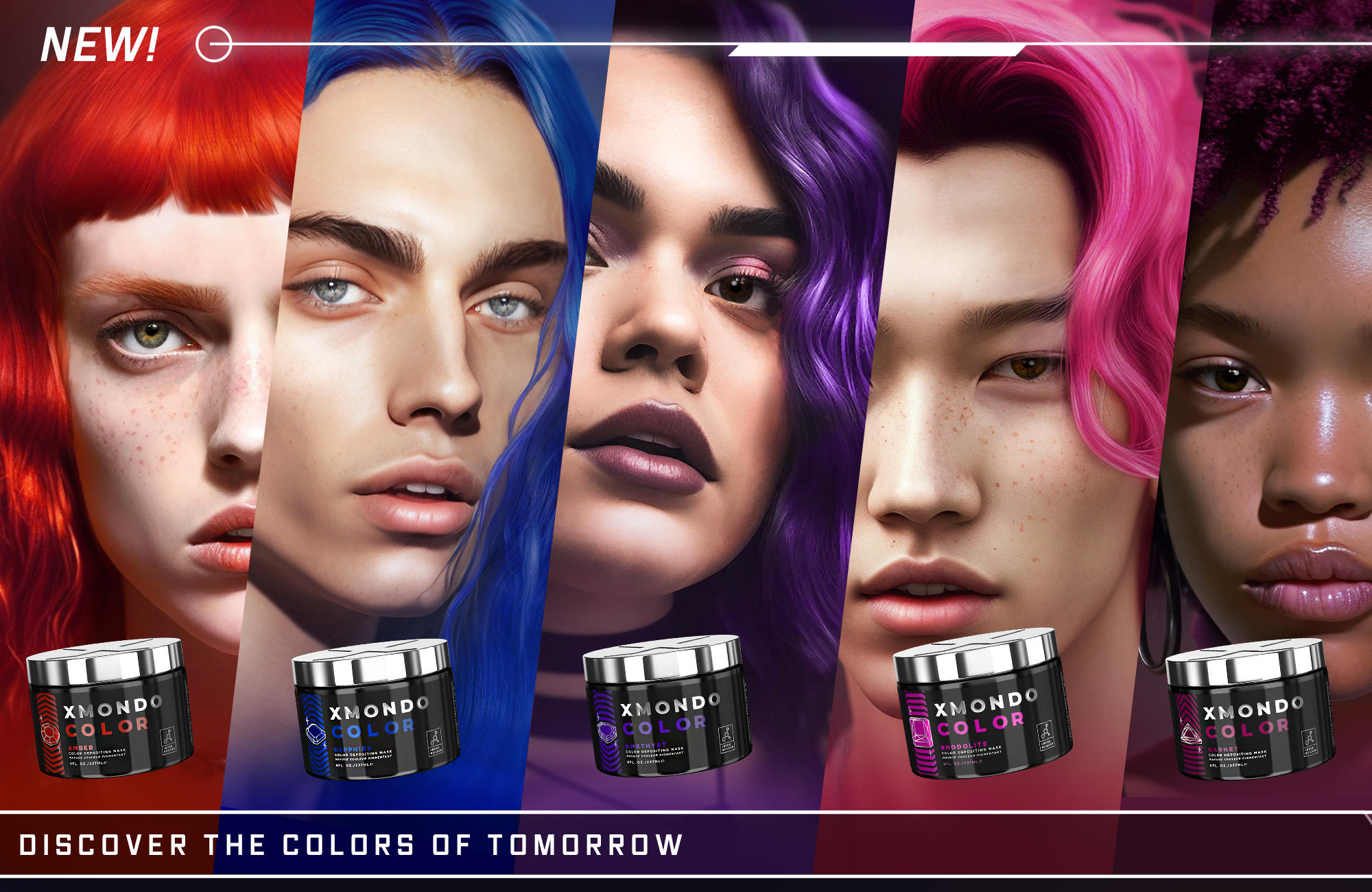
CONSIDER THE ETHICAL IMPLICATIONS OF AI
AI is entangled with a myriad of ethical concerns, so much so that there have been pleas for those involved in shaping it to pause AI development to evaluate its effects and what the future of it could hold. Enterprise AI outfit TechTarget identifies eight main concerns with generative AI: harmful content, copyright and legal exposure, privacy violations, sensitive information disclosure, bias amplification, workforce morale, data provenance and lack of interpretability.
Filters are attached to concerns about beauty standards. The beauty brand Cocokind has pledged not use face-altering filters and is urging other brands to do the same to blunt unrealistic beauty standards promoted by social media.
Brands must decide where they draw the line. Maymar is troubled by AI that blurs the boundaries between what’s real and fake, notably the Bold Glamour filter that he characterizes as indistinguishable from reality. Maymar says, “There are discussions about how that person [using Bold Glamour] won’t go on unless that has that filter—and so that filter becomes that person’s appearance. Well, that’s a pretty big thing because now you’re actually controlling beauty, and you’re creating an artificial representation of that person.”
Filters and other AI output can reinforce existing discrimination. Ferran says “It’s pulling from a world that it’s fragmented, that it’s not equitable. Systemic racism, oppression, sexism and transphobia are through the roof. It’s been that way for centuries, and AI left unchecked, not monitored, not worked with, not accounted for, can just exacerbate that.” He asserts, “I do think that we have a moral imperative to ensure that the things that we create and the tools that we use are helping actually improve the world.”
There’s also the complicated nature of art. Artists fear support for their work will diminish as companies deploy AI. Ferran says. “I’ve had obviously a lot of conflicted feelings, but there are other companies that are empower[ing] artists to have their own AI models that they can feed their information and then utilize that to create their own things.”
AI could be equalizing for smaller brands, but there’s the possibility it may simply further strengthen larger brands. Godoi says larger brands will be able to leverage AI tools quicker, but “can’t blast competition super-fast.” Influencer marketing is an area he anticipates being transformed for brands large and small. Godoi says, “Some companies are using AI to create their own avatars and their own digital influencers, and they can create that at scale, and they won’t need digital influencers anymore.”
